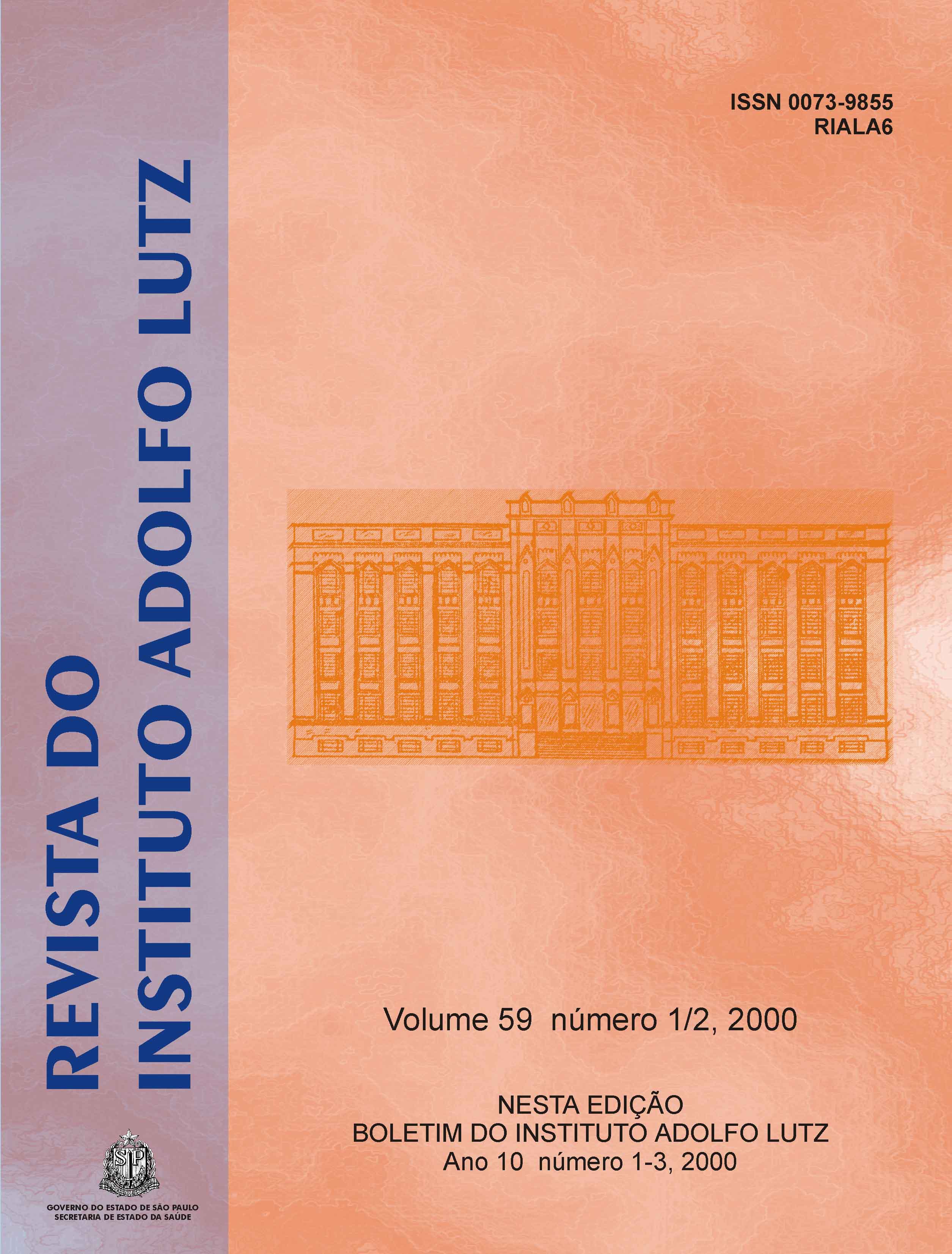Abstract
The paired comparison test and the instrumental determination of colour and turbidity were applied to identify the presence of honeydew honey in various honey samples. The references used were a pure floral honey and a pure honeydew honey. Mixtures containing both of them were made at the laboratory to run the tests. The sensorial characterization showed the floral honey presented a more characteristic flavor, less viscosity and it was sweeter than honeydew honey. The definitive test indicated that between 10
and 15% the mixture started to lose its characteristic flavor, became more viscous and sweeter than the floral honey. In fact samples showed sensorial variability. The measure of colour was affected by the presence of honeydew honey. Turbidity and luminosity did not show significant results.
References
1. Barth, O.M. Análise microscópica de algumas amostras de mel 5: melato (honeydew) em mel de abelhas. Rev. Brasil. Biol., 30(4): 601-608, 1970.
2. Bouseta, A.; Collin, S.; Dufour, J.P. Characteristic aroma profiles of unifloral honey obtained with a dynamic headspace GC-MS System. J. of Apicultural Research, 31: 96-109, 1992.
3. Della Modesta, R.C. Manual de Análise Sensorial de Alimentos e Bebidas, tomos I, II, III, CTAA, EMBRAPA, R.J., 1994.
4. Campos, G. Melato no mel e sua determinação através de diferentes metodologias. Belo Horizonte, 1998 (Tese de Doutorado - Escola de Veterinária, UFMG).
5. Huidobro, J.F.; SIMAL, J. Determination del Color y de la Turbidez en las mieles. Anal. Bromatol. 36 (2): 225-245, 1984.
6. Kirkwood, K.C.; Mitchell, T.J.; Smith, D. An examination of the occurrence of honeydew in honey. Analyst, 85: 412-416, 1960.
7. Pechhacker, H.; Soelkner, J. Studies on the question of sensory evaluation of honey. Mitteilgen- klosterneuburg, - Rebe-und-Wein, - Obstbau - und - Fruechteverwertung. 6 (37):254-257, 1987. Apud FSTA 1969-12/95.
8. Roessler, E.B. et al. Expanded Estatistical Tables For Estimating Significance In Paired Preference, Paried difference, duo-trio and triangle tests. J. Food Sci., 43 (3): 940-943, 1978.
9. Snedecor, G.W.; Cochran, W.G. Statistical Methods. 8 ed., Ames: Iowa State University Press. 1989. 503 p.
10. White Jr., J.W. Detection of Honey Adulteration By Carbohydrate Analysis. J. Assoc. Off. Anal. Chem., 63 (1): 11-18, 1980.

This work is licensed under a Creative Commons Attribution 4.0 International License.
Copyright (c) 2000 Revista do Instituto Adolfo Lutz
